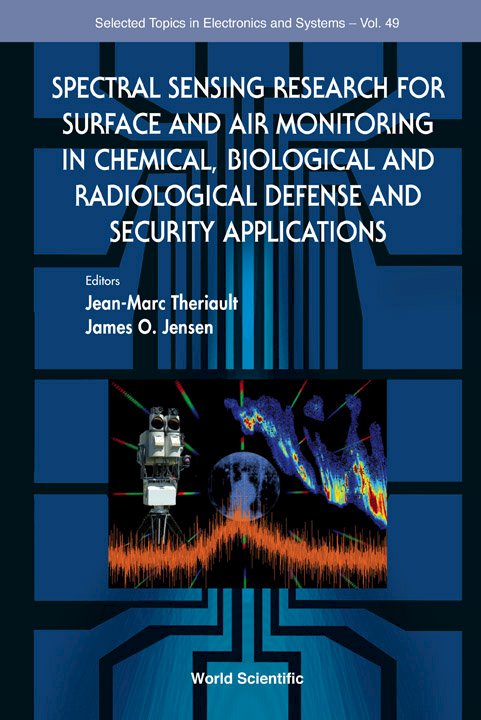SOME EFFECTS OF IMAGE SEGMENTATION ON SUBSPACE-BASED AND COVARIANCE-BASED DETECTION OF ANOMALOUS SUB-PIXEL MATERIALS
In this paper we assess the effect that clustering pixels into spectrally-similar background types, for example, soil, vegetation, and water in hyperspectral visible/near-IR/SWIR imagery, prior to applying a detection methodology has on material detection statistics. Specifically, we examine the effects of data segmentation on two statistically-based detection metrics, the Subspace Generalized Likelihood Ratio Test (Subspace GLRT) and the Adaptive Cosine Estimator (ACE), applied to a publicly-available AVIRIS datacube augmented with a synthetic material spectrum in selected pixels. The use of synthetic spectrum-augmented data enables quantitative comparison of Subspace-GLRT and ACE using Receiver Operating Characteristic (ROC) curves. For all cases investigated, Receiver Operating Characteristic (ROC) curves generated using ACE were as good as or superior to those generated using Subspace-GLRT. The favorability of ACE over Subspace-GLRT was more pronounced as the synthetic spectrum mixing fraction decreased. For probabilities of detection in the range of 50-80%, segmentation reduced the probability of false alarm by a factor of 3–5 when using ACE. In contrast, segmentation had no apparent effect on detection statistics using Subspace-GLRT, in this example.



